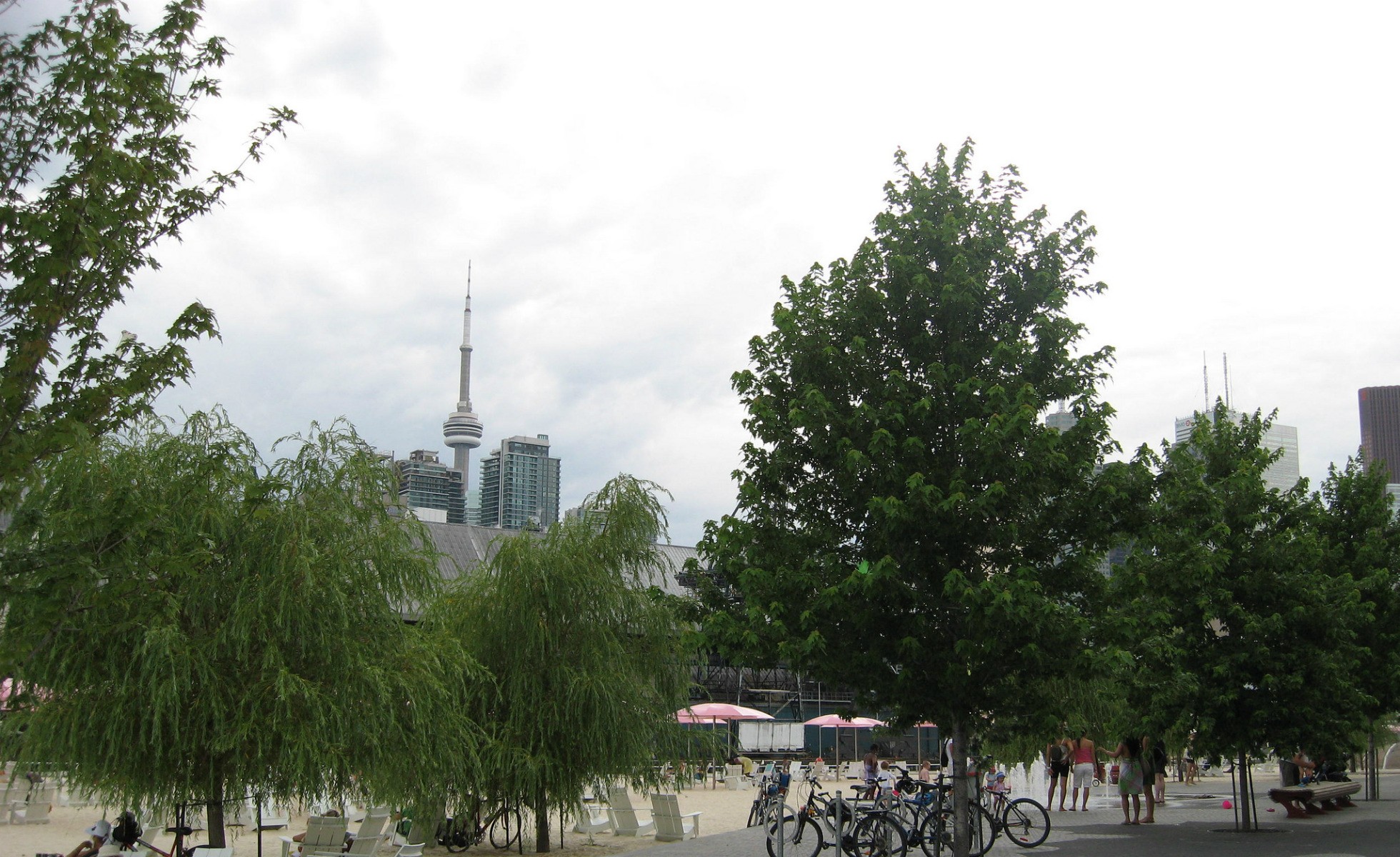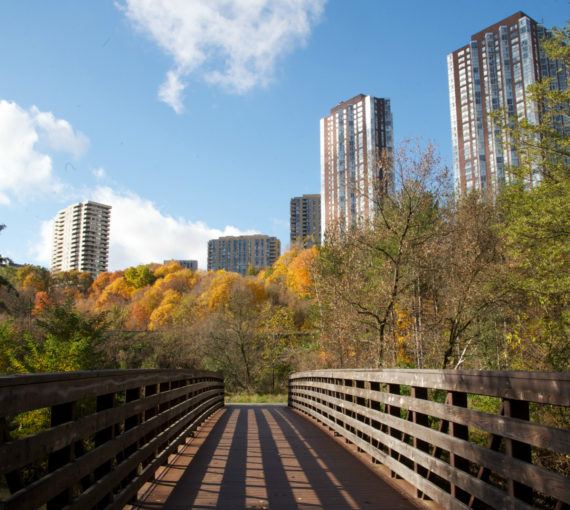Across Canada, towns and cities face a one-two punch: aging infrastructure and the extreme weather climate change brings. Unless we do something, many of our roads, railways, transit lines, bridges, stormwater pipes and other built structures could become obsolete.
Our newly elected federal government took up the challenge with a campaign pledge to double infrastructure investments from $65 billion to nearly $125 billion over the next 10 years. Ontario has committed to spending $130 billion over the same time period, and Alberta Premier Rachel Notley has also promised a hefty infrastructure stimulus package.
While these political commitments are long overdue, we shouldn’t lose sight of less-expensive and longer-lasting solutions to many of our infrastructure needs, like planting trees in urban areas for stormwater management and other services.
Many municipalities and non-profit organizations are exploring ways to improve how we plan for, plant, maintain and protect urban trees as key infrastructure assets in our built environments. But higher levels of government must also fund and participate in urban forest strategies to ensure that trees are promoted in our ever-densifying urban centres.
We often take trees and green spaces for granted, but we shouldn’t. They clean and cool air, filter and regulate water, reduce energy use and protect homes and businesses during storms. Recognizing urban trees as infrastructure assets opens up new ways to assess their value and justify investment in their maintenance. Living, green infrastructure increases in value over time, unlike grey infrastructure, such as stormwater pipes, which depreciate. As trees mature they provide exponentially more benefits to residents.
Healthy street trees can lengthen the lifespan of built infrastructure like roads and sidewalks by shading them and reducing effects of weathering, and they provide significant human health benefits. This summer, using data from Toronto, David Suzuki Foundation Ontario director Faisal Moola and his academic colleagues found that adding 10 trees to a block can produce health benefits equivalent to a $10,000 salary raise or being seven years younger.
Despite their enormous value to society, urban forest canopies are stressed and in decline in many parts of the country. Hot, dry summers and increasingly frequent and extreme storms are wreaking havoc on city trees. Urban development, invasive species like the emerald ash borer and other threats have also reduced growing space and killed millions of trees.
Unfortunately, urban forest stewardship varies widely across the country. Few municipalities have the necessary financial resources to manage and protect their urban forests in the face of growing and diverse threats. Too often, municipalities scramble to handle damage caused by unpredictable storms, invasive species and urban development using a triage approach, when a proactive and comprehensive strategy is critically needed.
To help resolve this, provincial and federal governments need to update the definition of infrastructure to include green infrastructure such as trees, rain gardens and permeable surfaces, and allow municipalities to spend money to develop and maintain these assets.
Higher levels of government must also update the standards by which municipalities report and manage their government assets to include trees, parks, wetlands, woodlots and public aquifers. That would facilitate setting minimum provincial standards for maintenance of critical green infrastructure and would improve management practices. We have provincial standards for grey infrastructure such as roads, so why not for green infrastructure? With the help of the David Suzuki Foundation, the tiny town of Gibsons, B.C., has already started on this path.
It’s also important to make living, green infrastructure a crucial component of provincial and federal climate change strategies. Urban forests contribute greatly to reducing greenhouse gas emissions by absorbing and storing carbon dioxide in tree biomass, understory vegetation and soils. Urban trees also help us adapt to and cope with climate change impacts by shading communities during periods of extreme heat. The unique, multi-purpose benefits of living, green infrastructure make it an incredibly valuable tool for cities and towns to improve resiliency in the face of climate change.
If we’re going to build, let’s build green. Green infrastructure complements and reduces costs associated with traditional grey concrete, steel and asphalt infrastructure. It also provides a multitude of co-benefits that improve the health and well-being of residents and makes our communities more beautiful and pleasant.




